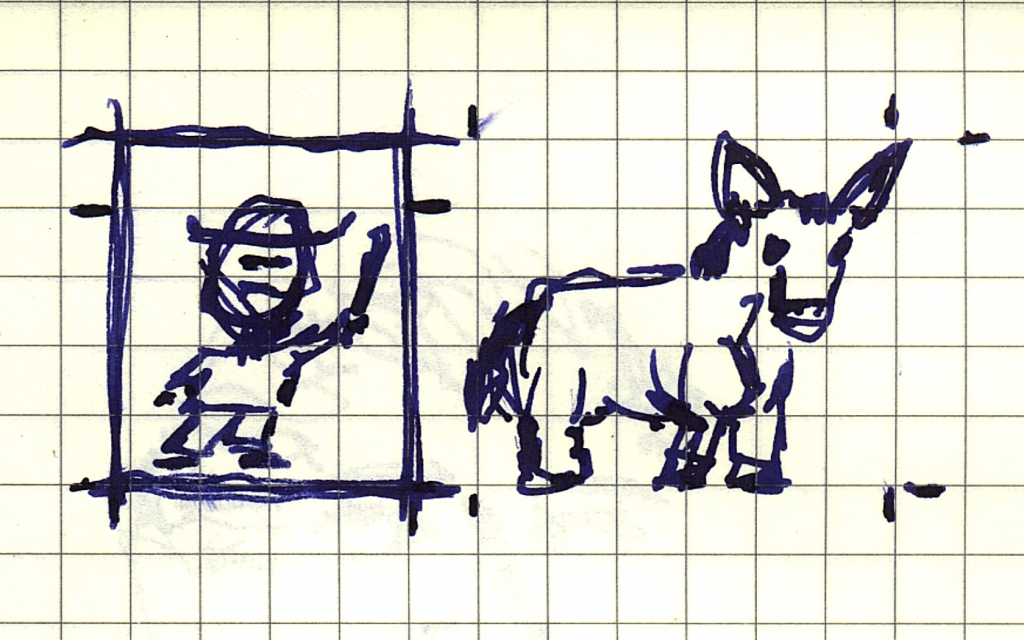-
The Origami Lab
The Origami Lab essayist: by Susan Orlean At the time, Lang was in his thirties. He had been doing origami — that is, shaping sheets of paper into figures, using no cutting and no glue — for twenty-five years and designing his own models for twenty. He has always considered himself very much a bug…
-
Introduction This post aims to be a deeper look at my earlier rant about meaning, narrative (plot) and gameplay. After considering feedback and thinking about it some more I would now like to write a more constructive text. In this post I will outline some steps and ways of thinking that I think are needed…
-
What would really benefit designers is the digital equivalent of a sketchpad and pencil. Sure, Wacom tablets have been around for a long time, but they tie designers down to the laptop or desktop computer. Personally, one of my favorite things about sketching is being able to walk away from my desk. No email. No…
-
What would really benefit designers is the digital equivalent of a sketchpad and pencil. Sure, Wacom tablets have been around for a long time, but they tie designers down to the laptop or desktop computer. Personally, one of my favorite things about sketching is being able to walk away from my desk. No email. No…
-
illillill: Jiri Geller Sculptures jiri_geller_sculptures-4 – Trendland
-
Characters for an Epic Tale (by tom gauld)
-
Now demand for quinoa (pronounced KEE-no-ah) is soaring in rich countries, as American and European consumers discover the “lost crop” of the Incas. The surge has helped raise farmers’ incomes here in one of the hemisphere’s poorest countries. But there has been a notable trade-off: Fewer Bolivians can now afford it, hastening their embrace of…
-
Now demand for quinoa (pronounced KEE-no-ah) is soaring in rich countries, as American and European consumers discover the “lost crop” of the Incas. The surge has helped raise farmers’ incomes here in one of the hemisphere’s poorest countries. But there has been a notable trade-off: Fewer Bolivians can now afford it, hastening their embrace of…
-
(via German Domestic Discipline, Old School – Kinky Delight) In this example, both have the right to discipline their partner, it would seem. The sight at the link is highly NSFW.
-
fyeahanatomy: The Organ Tunic visually demonstrates the organs of the body using a set of realistic, velcro organs. Healthy organ set includes includes 9 fabric organs, embroidered pelvis & backbone, 3D ribcage, set of 7 labels and a reference sheet. Spare parts are available Get it here.(there’s also one for adults)
